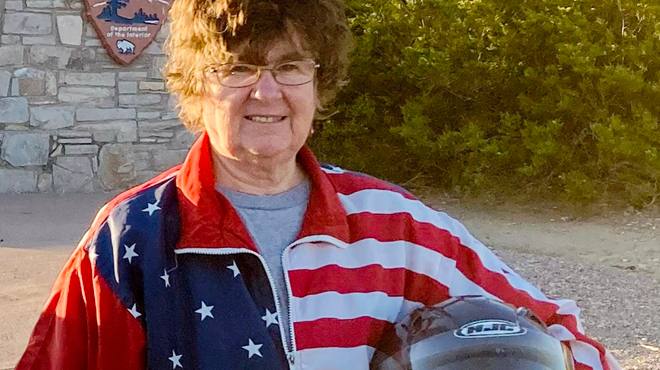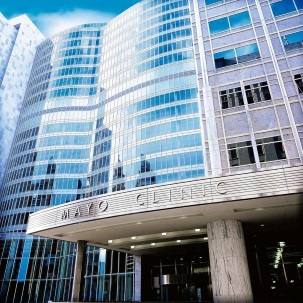Sharing Mayo Clinic

November 17, 2022
Gail Raddatz likes a good road trip and embracing the journey. She and husband, Keith Raddatz, like to hit the open road with their motorcycle[...]

September 10, 2009

September 3, 2009

September 1, 2009

August 28, 2009

August 27, 2009

August 25, 2009

August 21, 2009

August 20, 2009

August 18, 2009

August 13, 2009

August 11, 2009

August 6, 2009
Explore more topics
 Sign up
Sign up

Mayo Clinic Connect
An online patient support community
